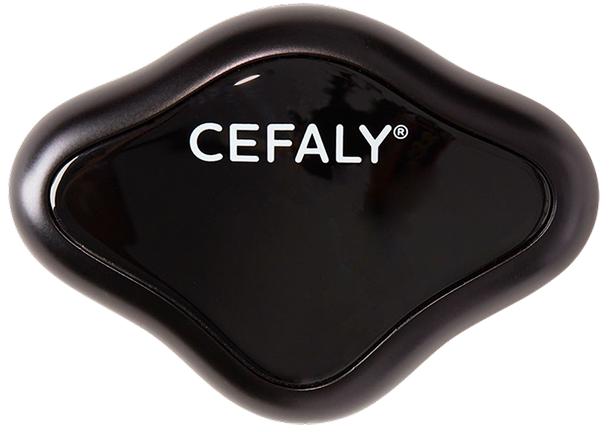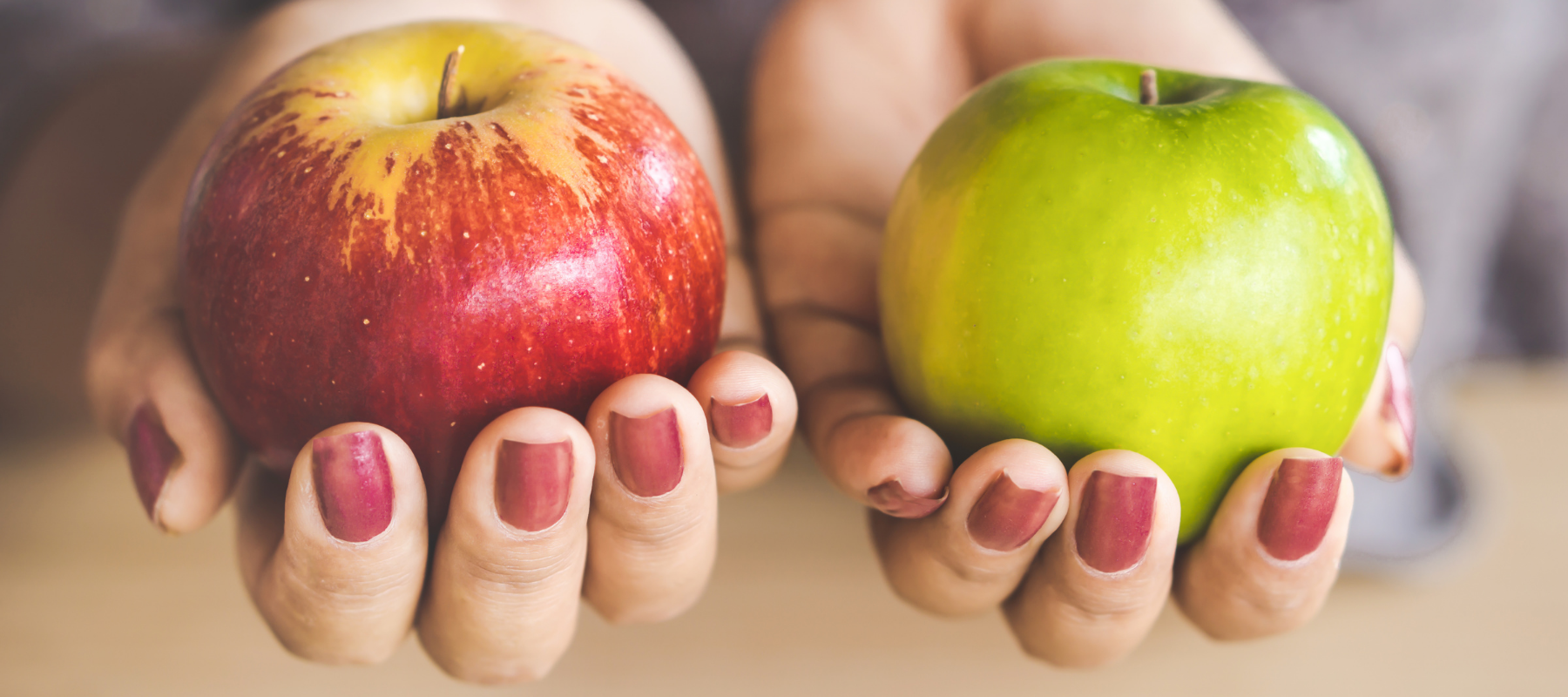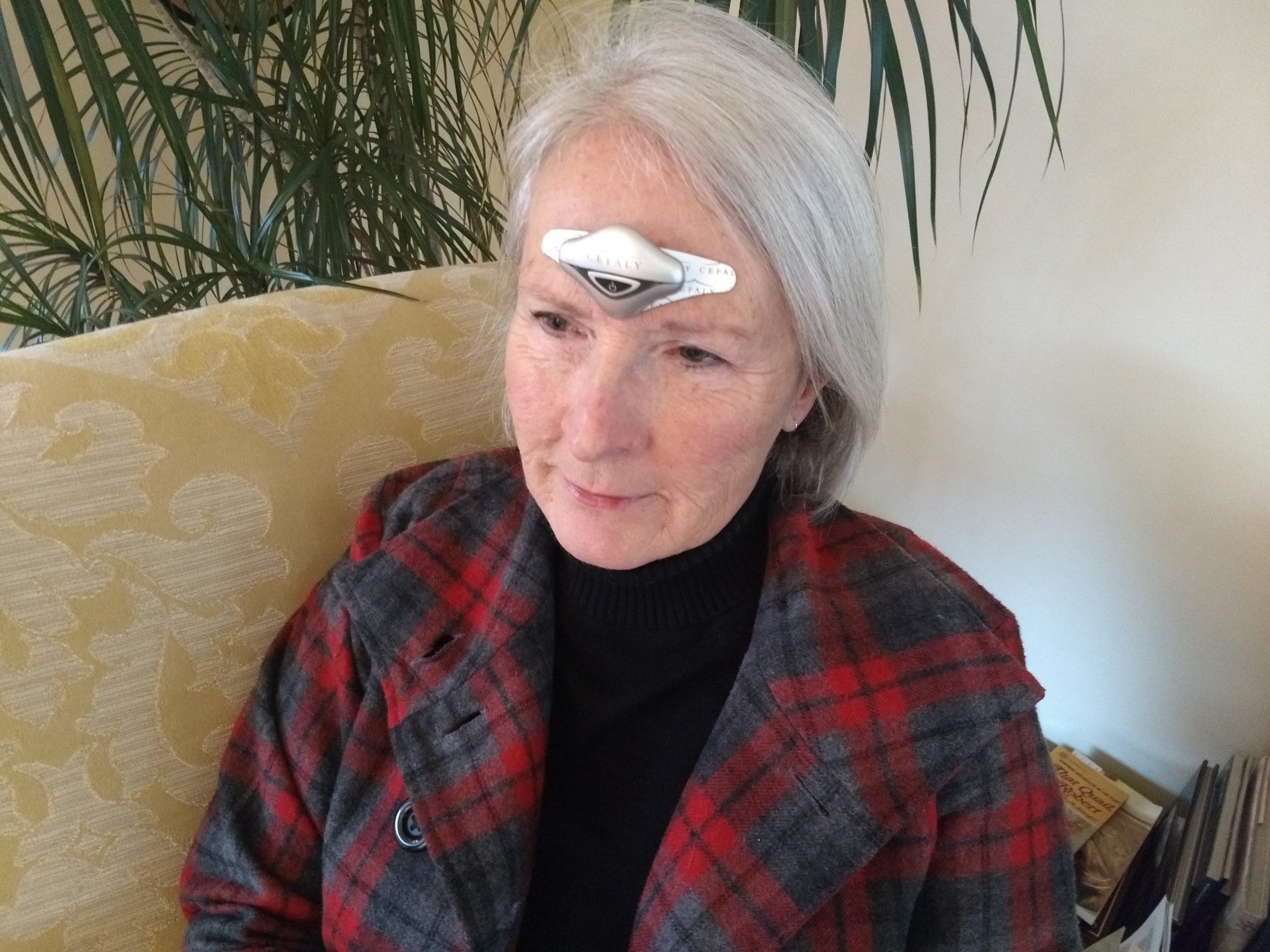An estimated 20% of women worldwide experience migraine. During a migraine episode, you may experience intense pain, nausea, vomiting and light sensitivity. Severe attacks disrupt your life and stop you from functioning. And if you’re a mom with migraine, looking after your children during a migraine attack is among the most challenging things you have to do.
With the right approach, you can limit the impact and make parenting with migraine more manageable.
6 tips for parenting with migraine
While migraine can impact your life as a parent, there are things you can do to get back on track. Some tips and tricks for moms with migraine include:
Understand your migraine triggers
Physical activity, loud noises and eating on the go are all part of parenting. They can also trigger migraine. Even activities like attending school plays and sports events can be triggers. The more you understand your triggers, the better you can avoid them. Some common migraine triggers include:
- Certain foods and beverages: Caffeine and alcohol are common triggers, as well as chocolate, processed foods and artificial sweeteners.
- Dehydration: Around 33% of people say that dehydration is a migraine trigger for them.
- The environment: Bright lights, loud noises and strong smells are part of parenthood. They can also trigger migraine.
- Sleep disruptions: Any parent of young children knows that sleep is a luxury. Lack of sleep can trigger migraine attacks.
- Physical activity: Running and playing with your kids is a joyous activity, but high-impact exercise can trigger migraine.
A migraine tracker can help you understand and avoid your triggers. The CeCe Migraine Management app enables you to record your triggers, symptoms and treatments, helping to guide your treatment plan.
Get Drug-Free Migraine Relief With CEFALY
Shop Now
90-day money back guarantee
FDA-cleared
financing available
Make your home child- and migraine-friendly
Your home should be a safe space for you and your children. Making small changes in your daily life can reduce the chances of migraine. Try these simple adjustments:
- Change the lightbulbs. Dim incandescent bulbs provide a softer light, which can help prevent migraine attacks.
- Open the windows: Fresh air can remove your home’s pollutants that may trigger migraine attacks.
- Buy migraine-safe cleaning products: Some cleaning products have strong fragrances and volatile organic compounds (VOCs), which can trigger migraine. Opt for migraine-friendly products.
- Turn your bedroom into a migraine-free haven: Your bedroom should be calm and quiet. Consider blackout curtains and a pillow with more support. Removing your TV and putting it in another room can also make a difference.
- Dampen the noise: A house with children is usually only quiet at bedtime. If loud noises during the day are a trigger for you, heavy drapes and thick carpets can help muffle sounds.
Plan for your attacks
Restless children during a migraine attack are a recipe for disaster. On non-migraine days, get some age-appropriate activities together for the kids. You could collect some puzzles, do drawing activities or play board games. Keep your activity box accessible so your kids can pull it out when you’re having an attack.

Build a migraine toolkit
A migraine toolkit is a collection of things that can help you manage pain and other symptoms. Have one in your home and the car to deal with attacks quickly when you feel them coming on. Everyone’s migraine kit looks different. Depending on what works for you, you could include the following items:
- Heating pad: Heat therapy can relax tense muscles — a common migraine symptom.
- Ice packs: Cold compresses can be helpful for migraine pain. Keep ice packs and an ice roller handy for your head, neck and eyes.
- Medication: Stock up on over-the-counter and prescription medications that work for you. Keep these medications out of kids’ reach.
- Water bottle: Having water handy can combat dehydration and stave off migraine.
- CEFALY: CEFALY is a drug-free migraine treatment. Use the ACUTE treatment during prodrome, at the first sign of a migraine attack, to relieve symptoms. Keep your device charged so you can act fast.
Try CEFALY to Prevent & Relieve Migraine Pain
Develop healthy habits
Leading a healthy lifestyle can keep migraine at bay. It also ingrains good habits in your kids, which they’ll carry into adulthood. Focus on small changes that build on each other. In time, you can create and stick to healthy habits, including:
- Getting enough sleep: Lack of sleep can trigger migraine attacks, and getting enough can be challenging as a parent. While you can only do so much to boost your sleep hygiene, you can make small changes. Avoid screen time for two hours before bed, and create a relaxing nighttime routine for you and the kids.
- Moving your body: Moderate exercise can help with migraine. For example, studies show that yoga may reduce the frequency and duration of migraine attacks. Include your kids in relaxed exercise activities like walking, bike riding and yoga. You’ll spend quality time with them while reducing migraine frequency.
- Managing your stress: Stress is part of parenting. Removing stress is challenging, but you can integrate activities that help you cope. Try meditation and deep breathing exercises to build inner calm.
Reach out to your support network
As the saying goes, it takes a village to raise a child. When a migraine attack makes it challenging to function, a strong support system is even more important. Having a network of adults you can trust can remove some of the pressure.
Talk to these people about your migraine experience and ask them for support. Work together to create an emergency plan for you and your kids. For example, you may ask a friend to collect them from school and look after them until your attack passes.

How to explain your migraine in a way your kids will understand
One of the most valuable things a parent with migraine can do is talk openly with their children. The better your kids understand your attacks and triggers, the less fearful they will become. They will be more comfortable during your attacks because they know what’s going on. Migraine also tends to run in families. If your children start experiencing symptoms, they’ll understand what’s happening.
Plan your conversation in advance and keep it age-appropriate. Allow your child to ask questions. Explain that sometimes you may have to cancel plans. You can also buy books that explain migraine to children and give them coping mechanisms for attacks.
Make momming with migraine easier with CEFALY
Parenting comes with many responsibilities. The last thing you want is migraine attacks getting in your way. CEFALY is a clinically proven, FDA-cleared migraine treatment that can relieve and prevent migraine pain. In one study, users saw a 32.7% reduction in migraine days over three months.
CEFALY targets the trigeminal nerve — the primary pathway for migraine pain. Use the ACUTE treatment at the first sign of an attack to relieve pain. If you experience chronic migraine, the PREVENT treatment could help. This daily program desensitizes the trigeminal nerve over time. Try CEFALY — it could make parenting with migraine more manageable!















